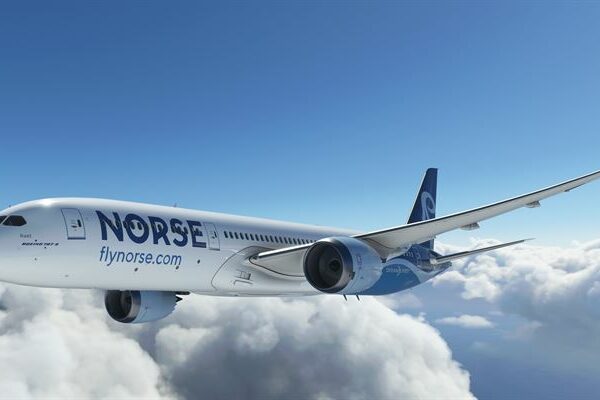The chief technology officers of seven aerospace manufacturers gathered at the Paris Airshow today to release a joint statement to demonstrate how they are collaborating to drive sustainability and reach ATAG targets.
ATAG’s executive director, Michael Gill kicked off the session, saying, “I think one of the strong themes to come out of this discussion will be ‘balance’ – how do we balance the benefits that the aviation sector brings to society, to the world economy – how do we balance that with addressing our environmental impact.”
Gill highlighted that as a society individuals are considering how to take a responsible approach to climate change, “and the aviation sector is no different – we’re being asked that question, we’re being challenged by a whole new generation of customers.”
Aviation contributes to two percent of human-made carbon dioxide emissions but the industry is challenging itself to reduce net CO2 emissions with the Air Transport Action Group (ATAG) having set the target to reduce CO2 emissions to half of year 2005 levels by 2050 and to limit the growth of net CO2 emissions by 2020.
“We are on track to meet those near-term commitments, including the 2019 implementation of the Carbon Offsetting and Reduction Scheme for International Aviation (CORSIA) programme as agreed by the nations of the International Civil Aviation Organisation (ICAO),” the leaders said in a joint statement.
The CTOs highlighted the three-pronged strategy to building towards sustainable aviation; firstly, continuing to develop aircraft and engine design and technology in pursuit of improvements in fuel efficiency and reduced CO2 emissions.
Secondly, supporting the commercialisation of sustainable alternative fuels, and finally, developing “radically new” aircraft and propulsion technology and accelerating technologies that will enable “the third generation” of aviation.
Panellists also noted the role that efficient air traffic management and routing would have to play.
The joint statement
The statement explains that the aviation community has over the years voluntarily committed to meeting a set of “aggressive targets” for enhanced airplane environmental performance, “Targets set by the Advisory Council for Aeronautics Research in Europe call for a 75 percent reduction in CO2, a 90 percent drop in NOX and a 65 percent decrease in noise by 2050, compared with year 2000 levels.”
“We remain committed to improving existing aircraft and engine designs to continue the trajectory of improving efficiency as much as possible. Concurrently, we note the tremendous technological challenges ahead of us and the likely need to include more radical ‘third generation’ approaches.”
For the foreseeable future, aviation will continue to rely on liquid fuels as the fundamental energy source for larger and longer-range aircraft and so the CTOs said the development of Sustainable Aviation Fuels, “is an essential component of a sustainable future.” Five pathways for production of SAFs have already been approved for use, with commercial scale production of one of the pathways already in place.
The signatories of the letter suggest that accelerating production scale-up of all commercially viable pathways, while developing additional lower cost pathways, “is the key to success” adding that “What is needed is an expansion of government support for technology development, production facility investment and fuel production incentives around the world.”
Addressing the opportunities and challenges of sustainable aviation fuel during the press briefing, Greg Hyslop, CTO of the Boeing Company and senior-vice president of Boeing Engineering, Test and Technology said: “The engines and airplanes are ready to receive these fuels, the fuels need to be drop-in, but the problem is those fuels are more expensive to produce.”
He said there need to be economic incentives in place for the fuel industry to be able to produce the fuels in the volumes needed for the aviation industry, and this is where the industry must partner with regulators and government authorities.







